Soumitra Chatterjee has been like that father figure whom you don’t miss till the time he is no more. He is much like that cornerstone of your being that you have taken for granted.
So when I heard, sometime around Durga Pooja last year, that he was severely unwell and hospitalized, it came as a jolt. He was 85, true, but it never felt like that.
It wasn’t long back that I was chatting with Anik Dutta for a blog post on Barunbabur Bondhu. All my happy memories around him came rushing back and I started mulling the possibilities of doing a blog around him.
It’s not that I have any private recollections of him – I have never seen Soumitra Chatterjee in person; but his rather malleable on-screen persona and nuanced performances have continued to remind me of people I have come across. I have always been fascinated with the veracity of his understanding of human nature and expressions. The sheer variety of characters he had brought to life remains astounding – to say the least.
I am sure of what you are thinking – that’s nothing unique. Every Bong, at least for a couple of generations, harbors a feeling like that when it comes to Soumitra Chatterjee – or something similar. I have no choice but to agree with you on that.
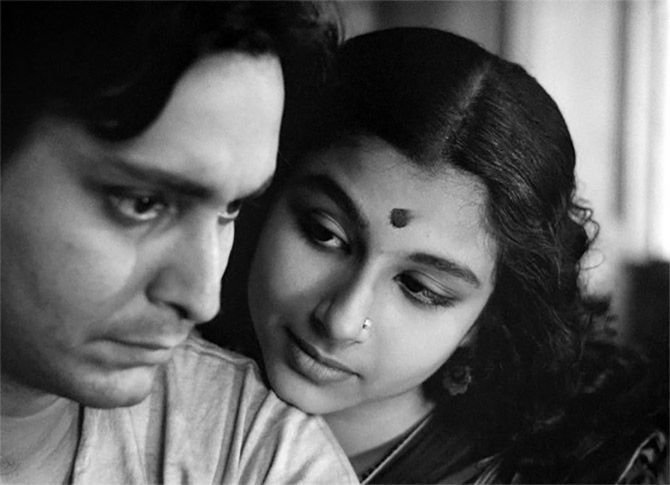
Anyways, so when I heard he was unwell, I started reading about him a bit – and that invariably introduced me to the efforts of Amitava Nag, poet, author and film-writer. Here’s someone who has been really close to Soumitra Babu for the past 10 odd years, wrote a book on his favourite film roles, and someone on whom the legendary creative artist had enough confidence to allow him to translate his collection of poetry.
I asked Amitava if he would like to help me create a blog around his experiences with Soumitra Chatterjee bringing out some relatively unknown aspects of his personality; he responded quickly, and the process begun. I was supposed to send him the questions.
But, in the meanwhile, Soumitra Babu died.
All of a sudden, the print and online and all other middle-spaces were loaded with obituaries, memoirs, old interviews and what not. I felt lost. Much like the unwanted third kid of the mother goat – I felt embarrassed. With so much of love around, my feelings about him suddenly felt belittled and made no sense – If you know what I mean.
But yes, when I heard that Amitava is coming up with a book in which he would share his own private memories with Soumitra Babu with whom he has spent hundreds of hours, a book where he might not discuss cinema at all but about all his other aspects as a cultural emblem of our times, underlining his intimate thoughts – I felt elated again.
I too write, for whatever its worth. So I thought it would really be nice to know more about how another writer embarked on the task of writing a complete book about someone who never believed in biographies per say. His journey might help mine.
So that’s where this blog-post comes from.
A rather long origin story – but it was needed. This is not a tribute to Soumitra Babu; I have no qualifications to attempt anything like that. It’s just a high-five to a fellow writer, who has done the right thing, persistently.
I asked Amitava to recollect for my viewers where and how he first met Soumitra Chatterjee – and what were his impressions and afterthoughts about that meeting?
Basically, how did he make Amitava feel?
Which reminds me of my own self-incited predicament as of now; I too am attempting to write a book on someone I respect a lot, one of India’s key cultural cine-icons – but have not followed it up properly, neither gave it the attention it deserved. That was for various reasons, including some personal ones. Now, it does feel like that the project might get stalled. I hope it doesn’t.
For Amitava as well, it must have been a formidable challenge. Soumitra Babu was never too keen on the concept of biographies – which must have added to the challenge.
Beyond Apu, his first book on the ionic actor (and the only English book on Soumitra Chatterjee till that time) has an interesting format – it’s about his most favourite film roles.
I thought it would be nice to know what prompted him to think about this unusual format.
How was it written – there are snippets of Soumitra babu’s recollections about these roles in his book – so did he specially interview him to pick his mind, and for how long? Basically, I asked Amitava to elaborate on the story of writing that captivating book.
Catherine’s film reminded me, almost a decade back, I was involved in a pitch – a TV documentary series called ‘The Actor Prepares’ featuring Soumitra babu in the pilot.
That never happened. Anyways, with reference to that context I asked Amitava – in his numerous discussions and adda sessions with the veteran actor, did he mention how he approached a new role? Any anecdotes that he can share with my readers?
My mistake. Yes, Amitava did mention quite a few of such anecdotes in his book ‘Beyond Apu’- I checked them out again.
It’s just that they are scattered under separate film heads – so they never become on your face. That’s good, it’s smooth reading, and there’s enough in that book for young actors to pick up, not limited just to his fourteen films with Satyajit Ray.
In fact, in my humble personal opinion, with probably the notable exception of ‘Ashani Sanket’ and ‘Abhijan’, the roles that defined and underlined his range of acting were beyond the Satyajit Ray films. I won’t elaborate on that, and leave it on you to form your own opinion – but do watch at least ‘Jhinder Bandi’ (Tapan Sinha), ‘Akash Kusum’ (Mrinal sen) and ‘Teen Bhuboner Paarey’(Ashutosh Bandopahyay) before you reach any conclusions.
For audiences that do not connect to Bengali cinema, many of these roles don’t ring a bell; but they are available to watch, and worth every frame of it for any student of cinema, anywhere.
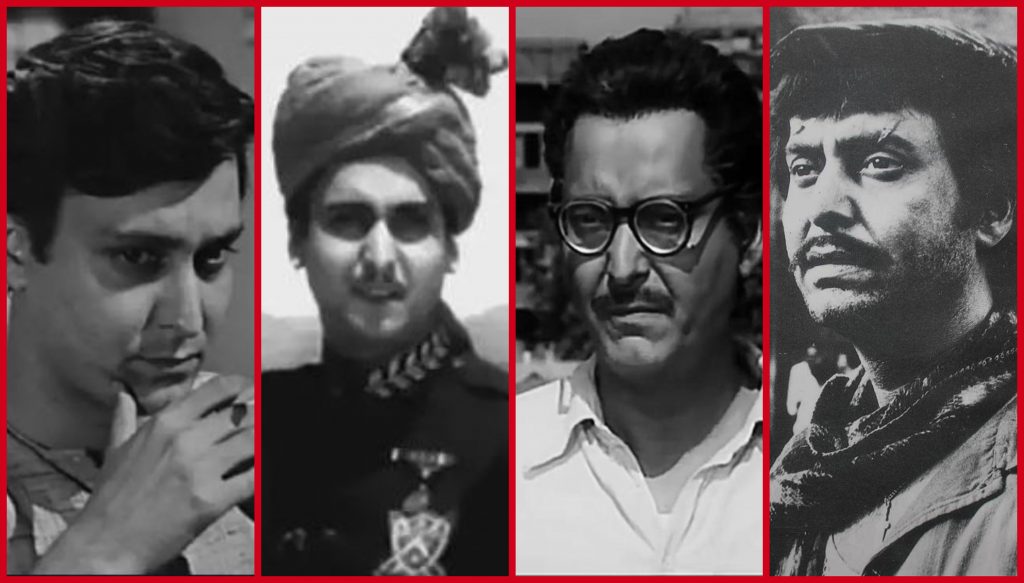
For now, let’s shift our focus to his multi-pronged personality as a complete artist – most notably, his poetry. That probably opens up the windows to his personal space like nothing else can, not even his sizable forays into theater.
Amitava translated his Bengali poetry into English, in a book called ‘Walking Through the Mist’. Being a poet himself, that must have been a journey fraught with confusing crossroads – of various types. I wanted to know.
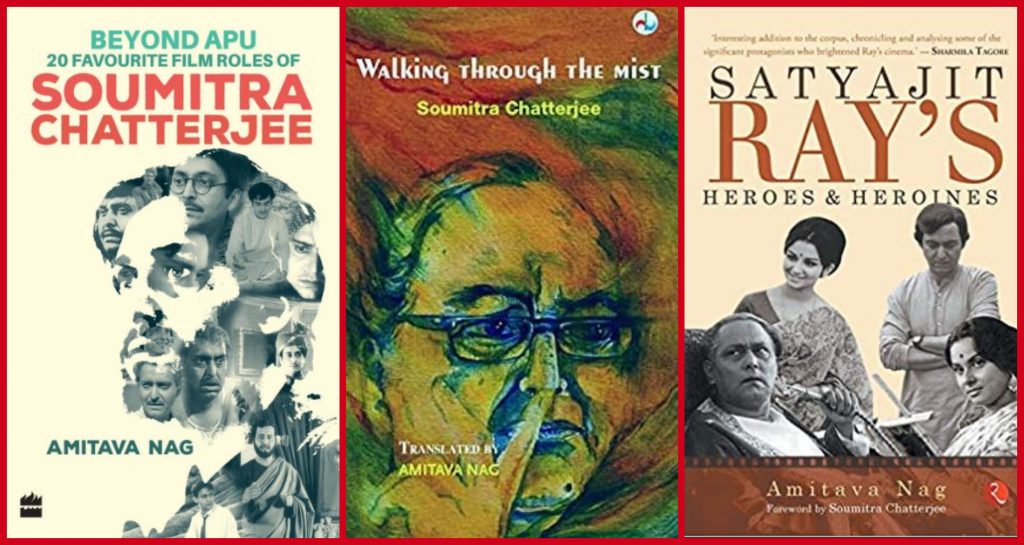
That brings us to the subject of Amitava’s new book on Soumitra Babu. It’s been aptly named ‘Murmurs: Silent Steals with Soumitra Chatterjee’ – and it will be in public domain from 19 January onwards, the iconic actor’s birthday.
The book gives a rare and personalized inside view of the mind-space of a cultural icon of our times. Amitava can bring us that, since he knows; he spent endless time with Soumitra Babu, and not just for writing books. He got personal, became a sponge of sorts, with whom Soumitra Babu felt comfortable talking and sharing anecdotes. End result, he can do what no reporter can; he can bring us the real Soumitra Babu, uncluttered.
I am thankful that he took that much of effort, and I am sure after a certain point of time, it became his personal compulsion rather than a journalistic mission. That was probably the only way we could ever know what went on inside the head of Soumitra Chatterjee – and what are the thoughts that shaped his cross-culture persona.
I asked Amitava for a small note on what is the idea behind his new book – about why it became necessary since there’s already so much of literature about him, more so after his demise. I wanted to understand what aspects of his personality and crafts and mythology he sought to underline through this recent endeavor.
Why this book – basically?
In all his excerpts from the book that I have read till now, I felt a deep sense of pathos – overbearing, and without any attempts to hide them.
That’s understandable; this is a labor of love and a chronicle of personal loss that we are dealing with here. Before making any further assumptions, I will wait for his book to arrive,
For those of you who want to know more what the book is all about, here’s a preview.
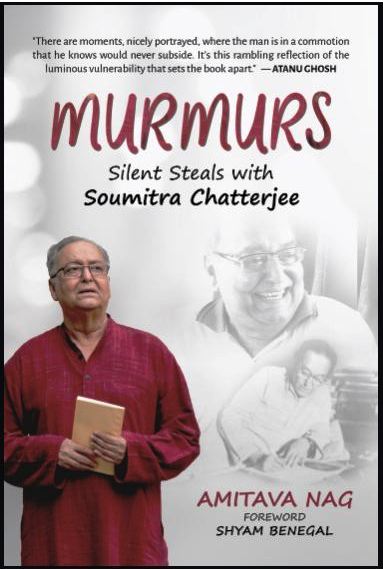
One last question, before I sign off.
Not many people from the world of media have been fortunate enough to be as close to Soumitra Babu as Amitava has been; from that premise I asked him, what features of his personality attracted him the most.
Was he a private man, with undisclosed layers? Or was he open and transparent with his thoughts?
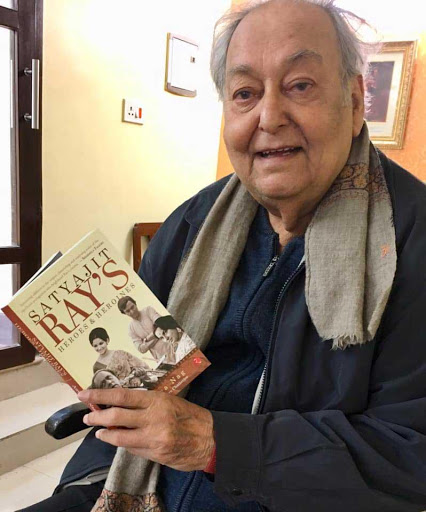
Since Soumitra Chatterjee always remained a quintessential Bengali, with almost no footprints in what is often considered to be mainstream cinema in India – his works and attainments (beyond Ray) remains relatively unknown to cine-lovers across India, and the planet at large – leave alone the thoughts that underscored his personal space. That’s unfortunate for a genius of his stature. I am sure many would be interested.
More efforts like that of Amitava are needed, for sure.
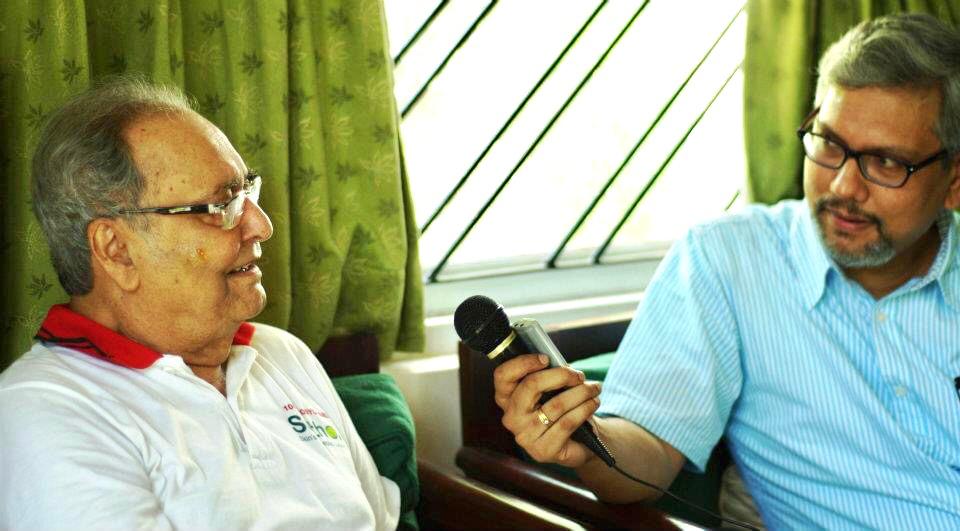
Regional language cinema in India always had secret superstars who have silently but stubbornly worked for the cause of the medium, adding and enhancing elements that remains unknown beyond their immediate cycle of influence. That’s not the case in other global cinema cultures. It’s high time that we too wake up and explore such people, and bring out their extensive contributions in the public sphere, for a wider international audience. If nothing else, it will instill pride and enrich our own cinema.
Thanks Amitava, for ticking the right boxes.
Hope others will follow. I will, if I can.
In fact my target of starting therewillbetime has always been to dig out the contributions of such secret storytellers. Yes, sometimes, I do falter; but then, to err is human, as they say.
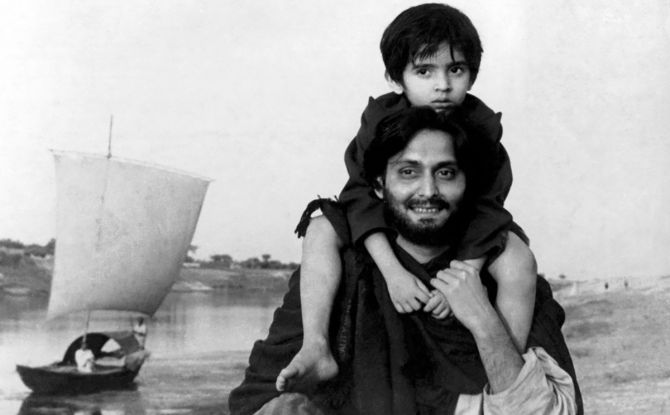

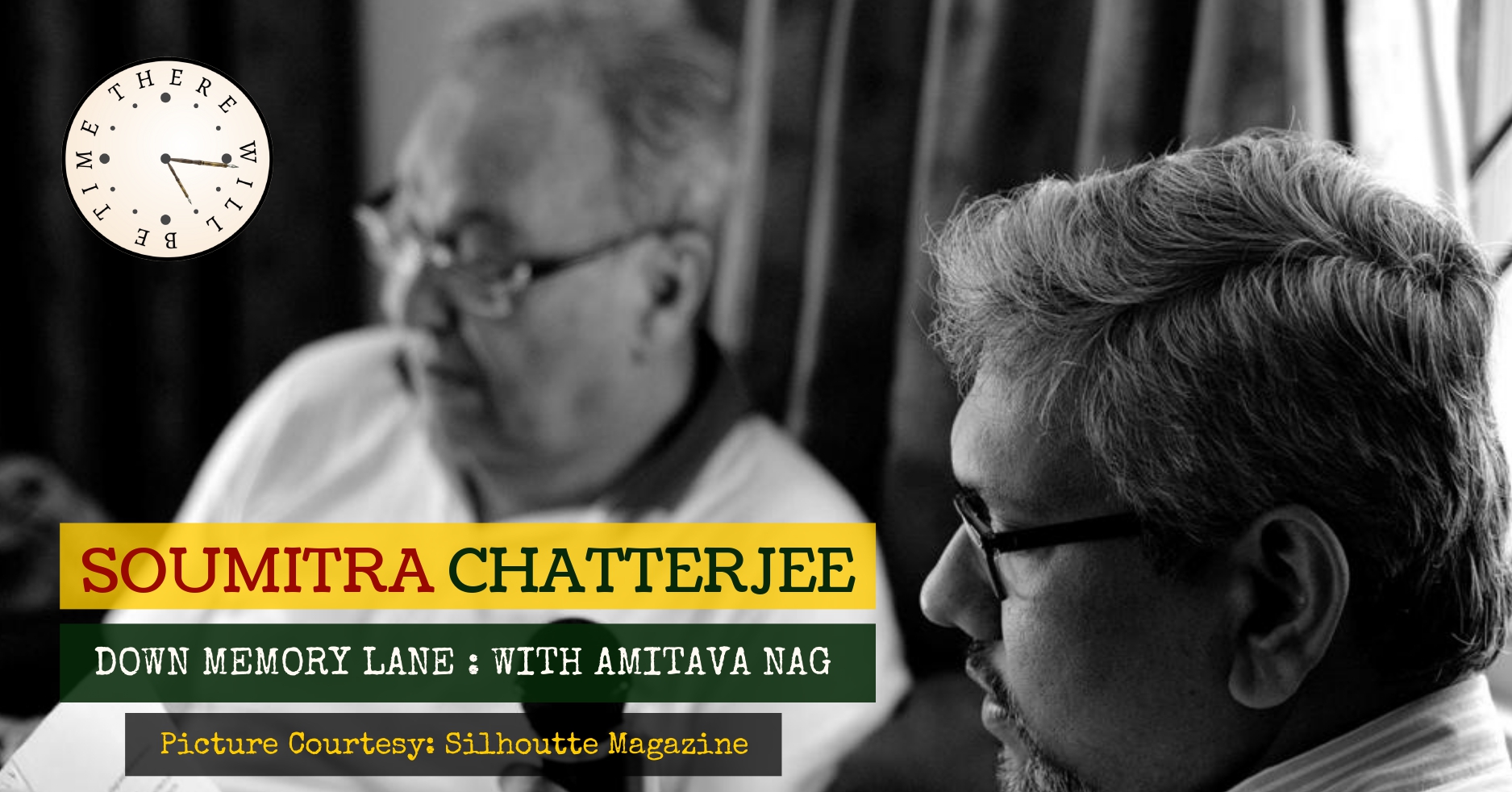
Nice read
I forgot to mention that it’s you who gave me Amitava’s number in the first place …
Absolutely wonderful…
Thanks a lot Gautam
Very nice. Got immersed in the narrative
Thanks Papia. Me too, while writing.
Nice read. enjoyed the style __ wonderful blending of the narrative and the interviee
Thanks a lot Lopita. Please come back again.